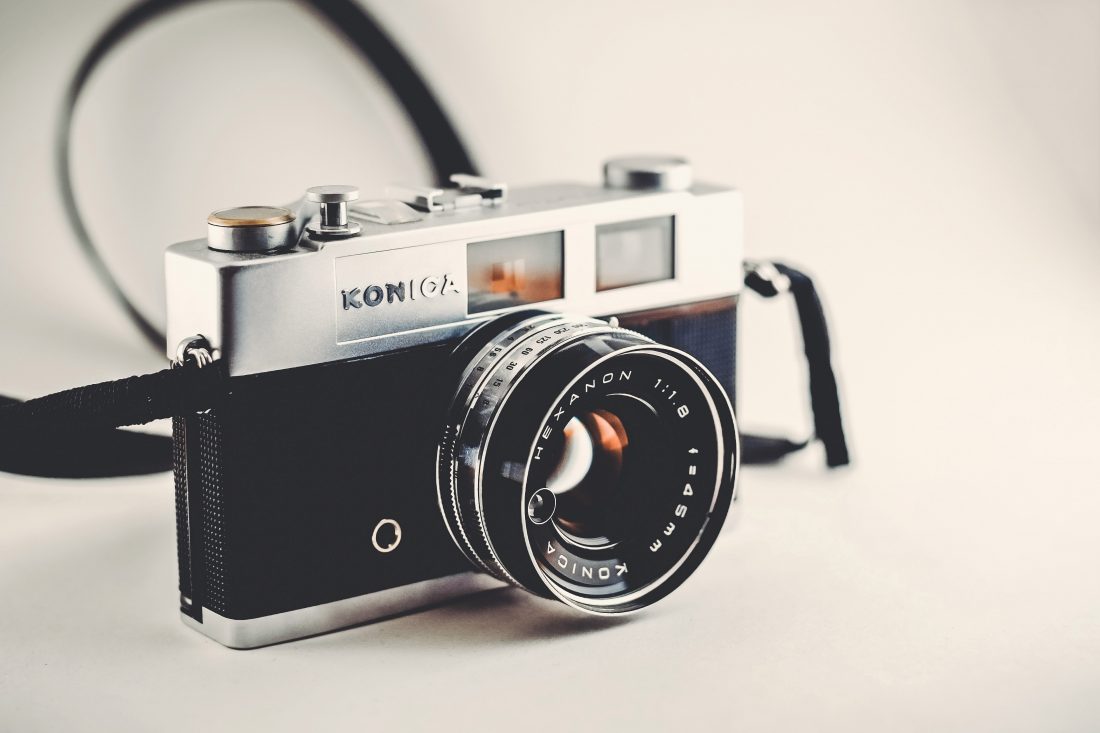
The Nikon D100 Digital Camera: A Revolutionary Breakthrough in Photography
**
If you are a photography enthusiast or a professional photographer, chances are high that you have heard of the Nikon D100 digital camera. Launched on June 15, 2002, the D100 was a game-changer in the world of digital photography. Priced at around $2,000 at the time of its release, this camera brought professional-level features and exceptional image quality to the masses.
**
What is the Nikon D100?
**
The Nikon D100 is a digital single-lens reflex (DSLR) camera, designed for enthusiasts and professionals alike. It features a 6.1-megapixel DX-format sensor, which was considered groundbreaking at the time. The camera body is compatible with a wide range of Nikon lenses, allowing photographers to explore different focal lengths and capture stunning images.
The D100 combines the best of both worlds, offering the convenience of digital photography with the versatility and control of a traditional film camera. It was a significant step forward in the development of digital cameras, bridging the gap between consumer-level compact cameras and professional DSLRs.
**
Key Features and Benefits
**
1. **Image Quality**: The D100’s 6.1-megapixel sensor delivered stunning image quality, with excellent color reproduction and sharpness. This allowed photographers to capture intricate details and vibrant colors in their photos.
2. **Durability**: Built to withstand the demands of professional use, the D100 boasted a robust construction. Its magnesium alloy body provided durability and protection against the elements, making it ideal for outdoor photography.
3. **Workflow Efficiency**: With its compatibility with CompactFlash memory cards and USB connectivity, transferring and managing images became hassle-free. Photographers could easily review, edit, and share their work, streamlining their post-processing workflow.
4. **Advanced Autofocus System**: The D100 featured a sophisticated 5-point autofocus system, ensuring accurate and fast focusing even in challenging lighting conditions. This allowed photographers to capture decisive moments with precision and confidence.
5. **Versatile Shooting Modes**: From full manual control to automatic and scene modes, the D100 offered a range of shooting options to suit various photographic styles and situations. This versatility made it a favorite among both beginners and experienced photographers.
**
Legacy and Impact
**
The Nikon D100 played a crucial role in shaping the future of digital photography. Its success paved the way for subsequent models, setting the stage for advancements in sensor technology, image processing, and overall camera performance.
Professional photographers embraced the D100 as a reliable and capable tool, while enthusiasts found a gateway into the world of high-quality digital photography. Its affordability, coupled with its professional-grade features, made it an attractive choice for photographers transitioning from film to digital.
In conclusion, the Nikon D100 digital camera revolutionized the photography industry when it was released in 2002. It brought exceptional image quality, durability, and advanced features to photographers of all levels. Even though newer and more advanced models have been introduced since then, the D100 remains an important milestone in the evolution of digital cameras.
